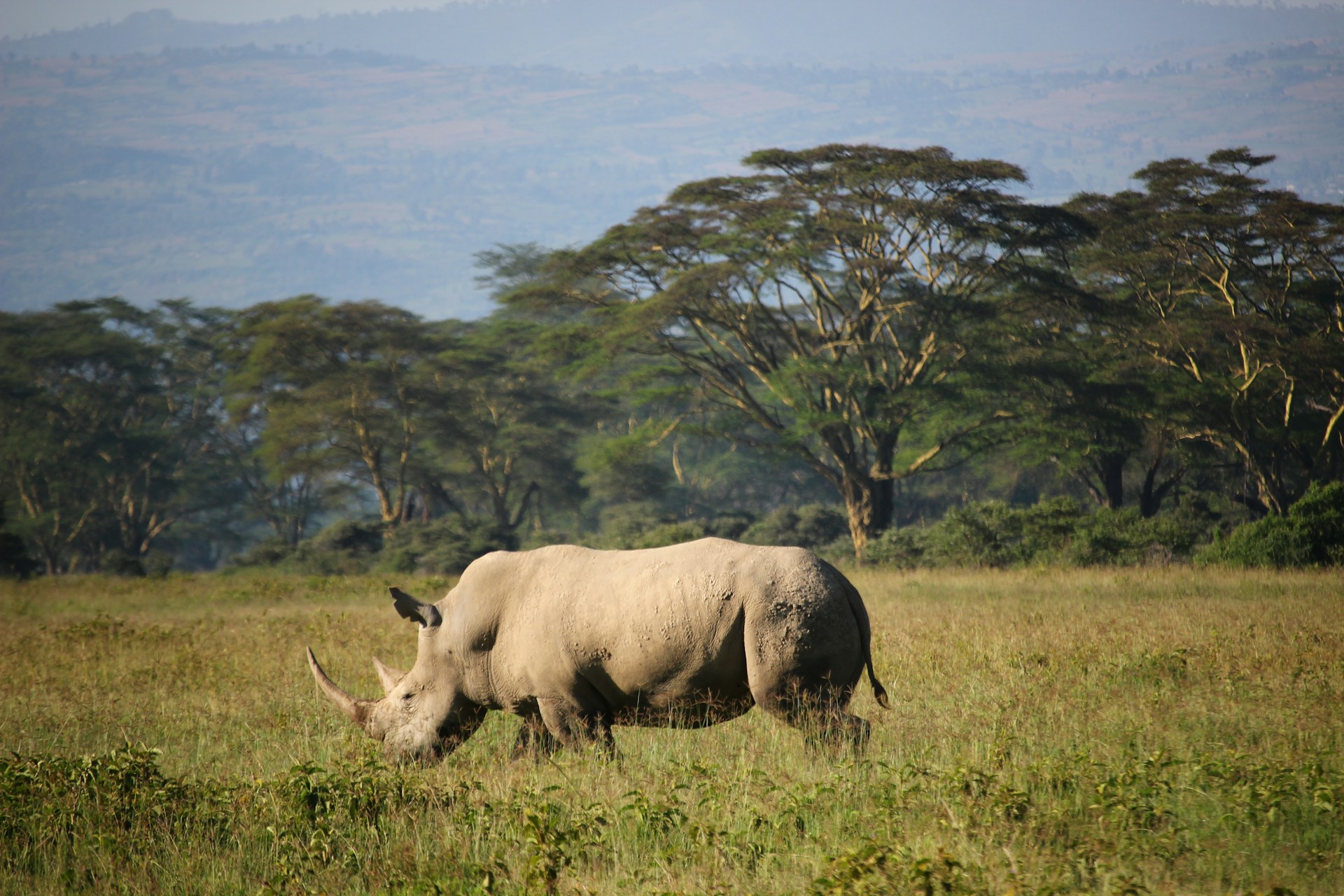
The first time I set foot in Kenya, I wasn’t prepared for how it would redefine my understanding of the word “spectacular.” Standing at the edge of the Great Rift Valley as the dawn broke over endless savanna, I realized some landscapes simply defy description—they must be experienced. That’s Kenya in a nutshell—a country that consistently leaves even the most seasoned travelers struggling for words.
I’ve spent years exploring this East African gem, from its iconic wildlife reserves to lesser-known cultural treasures, and I’m here to guide you through what makes Kenya truly special. Whether you’re planning your first safari or returning to dive deeper into this fascinating country, this guide will help you craft an unforgettable Kenyan adventure.
The Maasai Mara: Where Wildlife Dreams Come True
The Maasai Mara isn’t just a national reserve; it’s nature’s greatest theater. Sprawling across 1,510 square kilometers of undulating grasslands in southwestern Kenya, this extension of Tanzania’s Serengeti ecosystem hosts the most dramatic wildlife spectacle on earth: the Great Migration.
I visited during August—prime migration season—and nothing prepares you for the thundering of 1.5 million wildebeest and thousands of zebra and gazelle crossing the Mara River. The scene is both beautiful and brutal; crocodiles lurk beneath the surface, and big cats patrol the banks. Nature doesn’t sanitize its most profound moments, and neither should travelers who wish to understand it.
What makes the Mara especially rewarding is its exceptional density of predators. During my stay at a small tented camp near the Talek River, our guide Francis spotted three different lion prides in a single morning drive. By afternoon, we’d added cheetah, leopard, and hyena to our checklist—the coveted “predator grand slam” that many visitors spend days hoping to achieve.
Insider tip: While the migration typically peaks between July and October, the Mara offers spectacular wildlife viewing year-round. Visit during the “green season” (March-May) for fewer crowds and incredible photography opportunities as predators stand out against lush backgrounds.
Amboseli National Park: Elephants Against Kilimanjaro
If there’s one image that captures Kenya’s essence, it might be Amboseli’s elephant herds crossing the dusty plains with snow-capped Kilimanjaro looming in the background. This park, just north of the Tanzania border, offers what I consider the most iconic backdrop in all of African wildlife photography.
The park’s relatively compact size (392 square kilometers) creates a concentrated wildlife experience. During dry seasons, elephants gather around the swamps fed by Kilimanjaro’s melting snow, creating perfect opportunities to observe family dynamics. I spent one unforgettable afternoon watching three generations of elephants—from wrinkled matriarchs to wobbly calves—bathing and playing in Enkongo Narok swamp.
What many visitors don’t realize is that Amboseli offers much more than elephants. The park hosts impressive populations of lions, cheetahs, giraffes, and over 400 bird species. I particularly recommend taking time to visit observation hill for a panoramic view across the entire ecosystem.
Lake Nakuru: Flamingo Paradise and Rhino Sanctuary
My first glimpse of Lake Nakuru literally stopped me in my tracks. The lake’s edges pulsed pink with over a million lesser flamingos, creating what locals poetically call “the pink fringe.” While flamingo numbers fluctuate with water conditions, the lake remains among Africa’s premier bird-watching destinations.
Beyond birds, Nakuru has evolved into one of Kenya’s most successful rhino sanctuaries. Both black and white rhinos thrive here, protected by intensive conservation efforts. During my visit, I was fortunate enough to observe a mother black rhino and her calf grazing peacefully in the yellow acacia woodland—a sight that feels increasingly precious as these magnificent creatures face mounting threats elsewhere.
The park’s compact size makes it ideal for day trips, but I recommend staying overnight at one of the lodges along the ridge overlooking the lake. Sunset turns the water to gold, and watching buffalo herds move through the fever trees as darkness falls delivers the kind of quiet magic that makes Africa addictive.
Mount Kenya: Africa’s Second-Highest Peak
Not all of Kenya’s treasures involve wildlife. Standing 5,199 meters tall, Mount Kenya offers adventurous travelers the chance to climb Africa’s second-highest mountain through amazingly diverse ecosystems.
I tackled the mountain via the Sirimon route, spending five days ascending through bamboo forests, high alpine moorland dotted with otherworldly giant groundsels, and finally the technical scramble to Point Lenana (4,985m)—the highest point accessible without serious mountaineering equipment.
What surprised me most wasn’t the challenge (though that was substantial) but how the mountain served as a vertical safari. We encountered elephant tracks at lower elevations, spotted hydrax sunning themselves on rocky outcrops, and watched eagles soaring overhead. Few experiences match the sensation of reaching Point Lenana at sunrise, watching the country unfold beneath you as the first golden light touches the landscape.
Word to the wise: Altitude sickness is real, friends. Take the recommended acclimatization days seriously. My hiking partner thought she could power through and ended up being evacuated from the mountain on day three—an expensive and disappointing end to her Kenyan adventure.
Lamu Archipelago: Timeless Swahili Culture
After two weeks of safari dust and mountain exertion, I was ready for Kenya’s gentler side. The Lamu Archipelago, a cluster of islands off the northern coast, delivered exactly what my tired body needed—along with a cultural immersion I hadn’t expected.
Lamu Town, a UNESCO World Heritage site, remains one of East Africa’s oldest continually inhabited settlements. Its narrow, winding streets—navigable only by foot or donkey—house exquisite examples of Swahili architecture with their distinctive carved wooden doors. No cars, no traffic sounds—just the muezzin’s call to prayer, the clip-clop of donkey hooves, and the gentle lapping of the Indian Ocean.
I spent languid days alternating between swimming in crystal waters and exploring the town’s architectural treasures. Evenings meant freshly caught seafood at rooftop restaurants, watching dhows (traditional sailing vessels) silhouette against the sunset. The archipelago offers everything from budget guesthouses to exclusive private island resorts, making it accessible regardless of your travel style.
Samburu National Reserve: Kenya’s Rugged North
For travelers seeking experiences beyond the standard safari circuit, Samburu National Reserve reveals a different Kenya. Located in the country’s arid northern frontier, Samburu’s harsh, dramatic landscape supports unique wildlife adapting to challenging conditions.
Here you’ll find the “Samburu Special Five”—Grevy’s zebra, reticulated giraffe, Somali ostrich, gerenuk (the extraordinary “giraffe-necked” antelope that feeds standing on its hind legs), and beisa oryx. The reserve’s lifeblood is the Ewaso Ng’iro River, creating a green ribbon of life through the otherwise parched landscape.
My most vivid Samburu memory involves an afternoon at a riverside lodge, watching elephants teaching their young to cross the swift current while vervet monkeys raided the unattended fruit platters behind us. The juxtaposition of wild Africa and civilization’s comforts perfectly captures what makes Kenyan safaris special.
Hell’s Gate National Park: Adventure Playground
Not all Kenyan parks require a vehicle to explore. Hell’s Gate National Park, just south of Lake Naivasha, allows visitors to hike, bike, and rock climb amidst incredible geological features and abundant wildlife.
Named for its intense geothermal activity, the park features towering cliffs, volcanic plugs, and natural hot springs. Movie buffs might recognize the landscapes from “The Lion King,” which drew inspiration from Hell’s Gate’s dramatic gorges and rock formations.
I spent a day cycling past grazing zebra and warthogs before tackling the exhilarating climb up Fischer’s Tower—a 25-meter volcanic plug offering stunning views across the valley. The park’s relatively low predator population makes these activities reasonably safe, though guides always recommend maintaining awareness of buffalo and other potentially dangerous herbivores.
Diani Beach: Coastal Paradise
Kenya’s 536-kilometer coastline deserves as much attention as its wildlife reserves. Diani Beach, with its powder-white sand and aquamarine waters, consistently ranks among Africa’s finest beaches. Located 30 kilometers south of Mombasa, it balances developed tourist infrastructure with authentic coastal culture.
Beyond sunbathing, Diani offers world-class snorkeling and diving along coral reefs, kite surfing for adrenaline seekers, and dolphin-watching excursions. My perfect Diani day involved an early morning yoga session overlooking the Indian Ocean, followed by snorkeling at the reef, lunch at a beachside restaurant serving fresh catch, and finally, a sunset dhow cruise with plenty of Kenyan Tusker beer.
Don’t miss exploring the sacred Kaya forests along the coast—remnants of ancient woodland preserved by local Mijikenda communities as spiritual sanctuaries. These UNESCO-protected sites combine cultural heritage with remarkable biodiversity.
Planning Your Kenyan Adventure
The beauty of Kenya lies in its diversity—you can craft itineraries focusing on wildlife, adventure, culture, or combinations of all three. While many visitors concentrate exclusively on safaris, I encourage allocating time for coastal experiences and cultural encounters.
Kenya operates on two primary seasons: dry (January-February and June-September) and wet (March-May and October-December). Most travelers prefer the dry seasons for wildlife viewing, though the “green season” offers lush landscapes and lower prices.
Getting around Kenya typically involves domestic flights between major attractions, with safari vehicles for game drives. While independent travel is possible, first-time visitors benefit enormously from local expertise. My Kenyan adventures improved dramatically once I started working with reputable local operators rather than trying to coordinate everything myself.
Practical Recommendations for Kenya Travel
Where to Stay
Kenya’s accommodation spans the full spectrum from basic campgrounds to ultra-luxury lodges. Here are some standouts I’ve personally enjoyed:
- Angama Mara – Perched on the Great Rift Valley escarpment, this luxury lodge offers unparalleled views over the Maasai Mara. https://www.angama.com/
- Elsa’s Kopje – Built into a rocky hillside in Meru National Park, this boutique lodge honors conservationist Joy Adamson. https://www.elewanacollection.com/elsas-kopje-meru/at-a-glance
- The Majlis Resort – A pristine beach property on Lamu Island blending Swahili architecture with modern luxury. https://themajlisresorts.com/
- Saruni Samburu – Six villas perched dramatically on the Kalama mountains overlooking Samburu. https://www.saruni.com/saruni-samburu/
- Austrian Hut – For adventurous travelers climbing Mount Kenya, this basic mountain hut offers welcome shelter at 4,790 meters. https://www.mountkenyaroutes.com/
Safari Companies
Working with reputable operators ensures ethical wildlife viewing and meaningful cultural exchanges:
- Gamewatchers Safaris – Pioneers in community-based tourism with excellent conservation credentials. https://www.porini.com/
- Asilia Africa – Operating innovative camps with strong environmental principles. https://www.asiliaafrica.com/
- Intrepid Travel – Offers small-group adventures with cultural immersion. https://www.intrepidtravel.com/kenya
Cultural Experiences
- Bomas of Kenya – Cultural center near Nairobi showcasing traditional homesteads and performances from Kenya’s 42 ethnic groups. https://www.bomasofkenya.co.ke/
- Kazuri Beads – Workshop employing disadvantaged women creating handmade ceramics. https://kazuri.com/
- Maasai Village Visits – Arrange through reputable operators for authentic cultural exchange rather than tourist traps.
Conservation Centers
- David Sheldrick Wildlife Trust – Elephant orphanage conducting groundbreaking rescue and rehabilitation work. https://www.sheldrickwildlifetrust.org/
- Giraffe Centre – Conservation education center protecting the endangered Rothschild’s giraffe. https://www.giraffecentre.org/
A Final Word on Responsible Tourism
Kenya’s wildlife faces unprecedented pressures from habitat loss, climate change, and poaching. As visitors, we carry responsibility to ensure our presence benefits rather than harms these ecosystems and the communities protecting them.
Choose operators committed to environmental sustainability and fair employment practices. Respect wildlife by maintaining appropriate distances and following guide instructions. Support community-based tourism initiatives that provide direct economic benefits to local populations.
My own Kenyan journeys have evolved from pure wildlife observation to deeper engagement with conservation efforts. I’ve returned to volunteer with organizations like the Mara Elephant Project, which uses technology to reduce human-wildlife conflict. These experiences have transformed how I travel in East Africa and beyond.
Kenya will capture your heart—that’s guaranteed. The question is whether you’ll allow it to transform your understanding of our planet’s wild spaces and your role in protecting them. Here’s hoping your Kenyan adventure delivers both thrills and perspective in equal measure.
Frequently Asked Questions About Kenya Tourism
- When is the best time to see the Great Migration in Kenya? The migration typically reaches the Maasai Mara between July and October, with river crossings most frequent in August and September.
- Is Kenya safe for tourists? Most tourist areas in Kenya maintain good security, though standard travel precautions apply. Always check current advisories before traveling.
- Do I need a visa to visit Kenya? Most visitors require a visa, obtainable online through Kenya’s e-visa system before travel.
- What vaccinations do I need for Kenya? Yellow fever vaccination is mandatory, while typhoid, hepatitis A, and antimalarial medication are strongly recommended.
- How many days do I need for a Kenyan safari? Allow at least 3-4 days per national park/reserve for meaningful wildlife experiences, with 10-14 days ideal for a comprehensive tour.
- What’s the difference between national parks and national reserves in Kenya? National parks are fully protected with no human settlement, while reserves allow controlled human activities and traditional land use by local communities.
- Can I combine Kenya and Tanzania in one trip? Absolutely! Many travelers combine the Maasai Mara with Tanzania’s Serengeti for a comprehensive East African safari experience.
- What should I pack for a Kenyan safari? Neutral-colored clothing (avoid bright colors), layers for temperature variation, sun protection, binoculars, camera with zoom lens, and insect repellent.
- Is English widely spoken in Kenya? Yes, English is an official language alongside Swahili, and is widely spoken in tourist areas.
- What currency is used in Kenya? The Kenyan Shilling (KES), though US dollars are widely accepted at tourist establishments.
- How much should I tip guides and staff in Kenya? For safari guides, $10-15 per person per day is customary; for camp/lodge staff, $5-10 per person per day distributed to a communal tip box.
- Are Kenya’s beaches suitable for swimming year-round? Yes, though be aware of seasonal jellyfish and tidal variations. The best beach conditions typically coincide with the dry seasons.

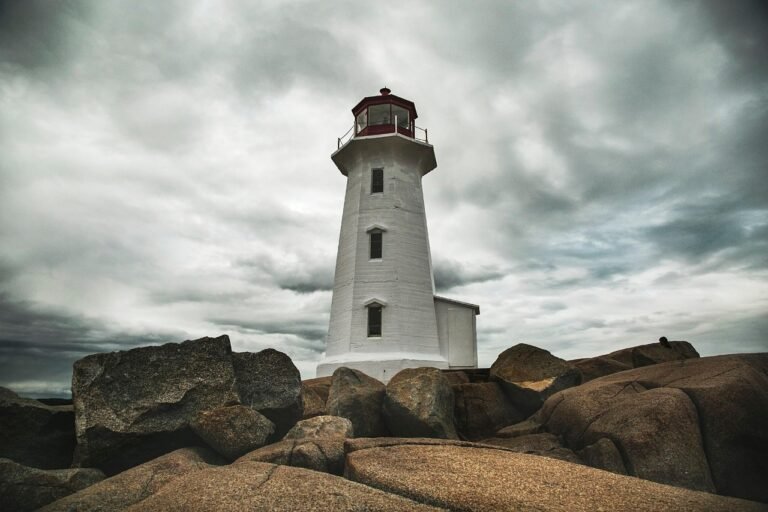
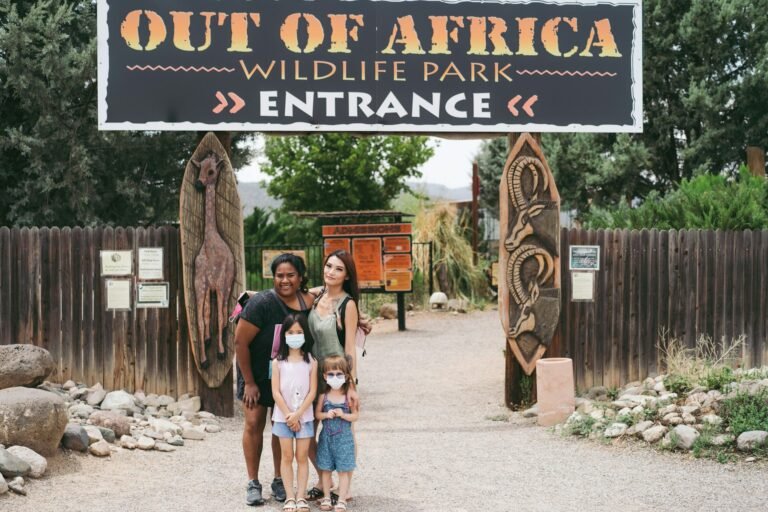
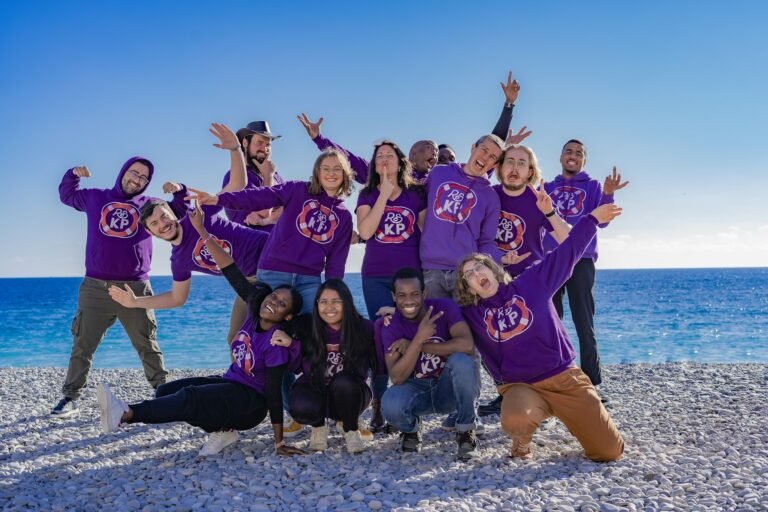
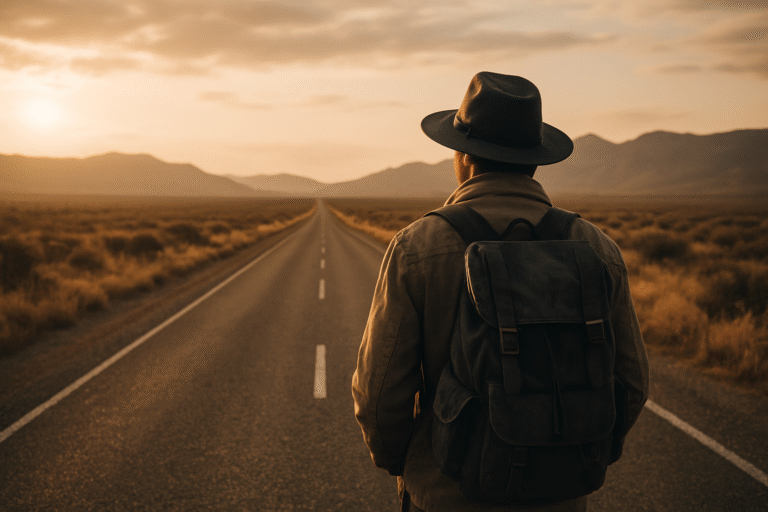
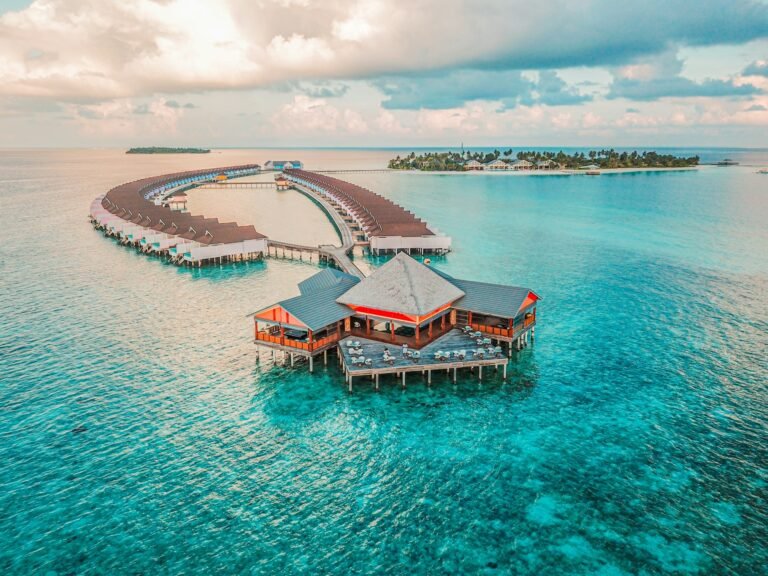
Reading this post was like having a conversation with a well-informed friend. It was personal, relatable, and most importantly, valuable.